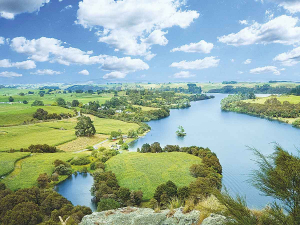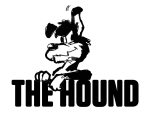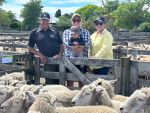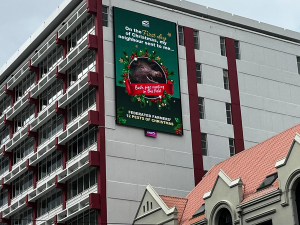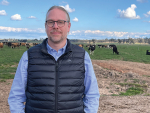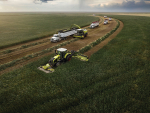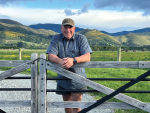A software providing greenhouse gas emissions measurement and scenario planning programme for the whole farm has been released.
Released by Farmax, the new software allows farmers to look at a variety of farm input scenarios, showing not only how production and profitability are affected, but also how a farm’s environmental footprint is affected.
New Zealand’s agricultural sector has committed to 100% of farms having an annual total greenhouse gas emissions number by the end of 2022.
This sector promise will require every pastoral farmer to put a measurement system in place within 21 months’ time – a challenging timeline.
Farmax chief executive Gavin McEwen says the software will help farmers tackle this challenge.
“We’ve worked with AgResearch and DairyNZ scientists to incorporate a number of environmental measures into our latest release, including greenhouse gas emission reporting, to help farmers meet the 2022 sector target.
“This new functionality allows farmers to explore ways to improve the predicted outcome in the context of their own business while also considering the impact of production and profitability.”
McEwen says there are a number of greenhouse gas emission calculators available, but no others allow farmers and farm advisors to consider the financial impact of farm system changes.
“We believe this element is essential for farmers to confidently make the system changes the sector requires to meet New Zealand’s emissions reduction targets.
“It’s hard for farmers to be ‘green’ when they are in the ‘red.’ In other words, it is difficult to focus on reducing your environmental impacts on farm when production and profit are subpar,” explains McEwen.
McEwen said his team and the rural consultants they work closely with across the country feel challenged by the educational effort required to help farmers understand the greenhouse gas emissions outputs from their farm businesses and the potential compliance measures that may come into force.
A survey completed last year for the Ministry for Primary Industries showed that only around 2% of farmers with livestock have an indication of the total greenhouse gas emissions coming from their farm and only 1% have an indication of the per-animal emissions.
“Farmax’s goal is to help farmers understand what is required and give them a tool to take control, so that farm system changes where required can be made,” he says.
Developed and owned by AgResearch, Farmax is the only science-based decision support tool that gives a holistic picture of a farm business, including physical and financial feasibility and indicative environmental outputs.

